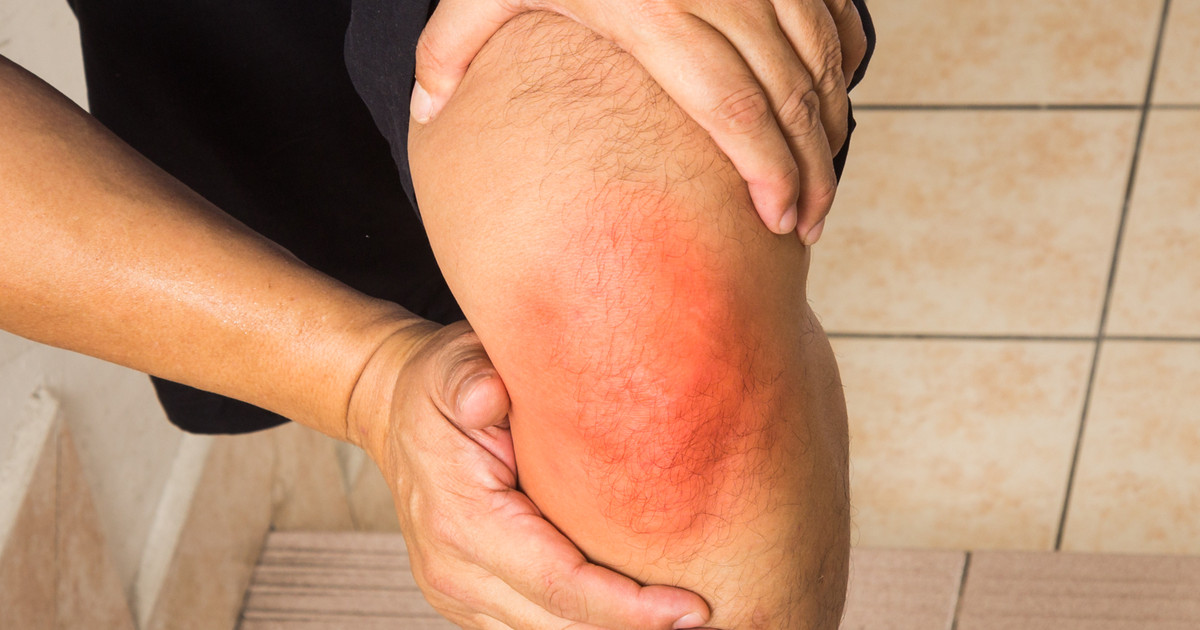Guide To The Symptoms Of Iliotibial Band Syndrome
The iliotibial band is a piece of connective tissue. It runs from the hip to the shinbone on the outside of the leg. This piece of fascia plays a significant role in helping the knee flex and extend. Unfortunately, this piece of connective tissue can become damaged over time. In many cases, this damage is referred to as iliotibial band syndrome. This condition is an overuse injury. The primary causes are overworking the body, failing to stretch properly before strenuous activity, and mechanical imbalances. This condition most commonly occurs in runners and bicyclists, though it can affect anyone.
There are several options for iliotibial band syndrome treatment. All patients need to rest their legs. Medications for iliotibial band syndrome can be helpful to relieve some pain. Most patients will take over-the-counter anti-inflammatories for iliotibial band syndrome, as they can provide IT band pain relief. One example is ibuprofen. Home remedies for iliotibial band syndrome include massage and foam rollers for the legs. Some patients need physical therapy for iliotibial band syndrome. Of course, patients must first understand their symptoms to ensure that they receive the best treatment for iliotibial band syndrome.
Stinging Or Pricking Sensation

The first sign of iliotibial band syndrome is a stinging or pricking sensation in the knee after the patient's leg has been in motion. While this sensation can feel really odd, most patients generally ignore it. The reason is that the stinging or pricking sensation comes in quick bursts. This symptom will gradually progress over time as the iliotibial band becomes more damaged. After months of quick bursts, the stinging sensation will eventually become painful. Most individuals suffering from iliotibial band syndrome feel this sharp sting when the heel of their foot hits the ground.
Knee Swelling

The iliotibial band runs behind the thighbone before reaching the knee joint. With the bursa's help, the iliotibial band ensures that the leg can be extended and bent without harming the knee joint. If this area of the body gets overworked without proper stretching or rest, inflammation will start developing. It is often tough to notice any symptoms when this inflammation first starts to occur. Once the iliotibial band and bursa stay inflamed for a long period, patients start to notice swelling around the knee joint. This knee swelling will only go away with decreased activity and proper medical treatment.
